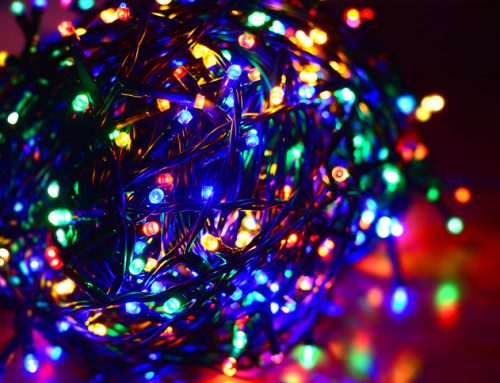We came across a very interesting article on www.HealthyPlace.com about the symptoms of Bipolar Disorder. The article written by Natasha Tracy dives into what mania and hypomania can look like for adults. We hope you find this as helpful as we did!
-A Stepping Stone team
https://www.healthyplace.com/bipolar-disorder/bipolar-symptoms/bipolar-symptoms-what-are-the-symptoms-of-bipolar-disorder/
Symptoms of bipolar disorder stem from the episodes of mania and depression (take the bipolar depression test) caused by this difficult to live with mental illness. The severity of the mood swings, and the way they disrupt normal life activities, distinguish bipolar episodes from ordinary mood changes. These disruptive bipolar symptoms can be managed, however, and effective bipolar treatments do exist.
Bipolar disorder involves the cycling of moods from an elevated mood, known as mania or hypomania, to a depressed mood. There are 4 different types of bipolar disorder:
The nature of bipolar symptoms means bipolar disorder can be difficult to recognize and, many times, it is misdiagnosed as depression. People tend to get help while they are experiencing either extreme high or low symptoms of bipolar. People with bipolar disorder type 2 spend the vast majority of their time depressed. The highs may be less memorable and not noticed. A careful screening by a doctor attempts to look for these symptoms of bipolar disorder.
Bipolar Symptoms in Adults – Mania and Hypomania
The most severe highs of bipolar disorder are known as manic episodes. The symptoms of bipolar mania often put the person or those around them at physical or emotional risk. Impulsive, irrational or dangerous behavior, aggression, anger and delusions are all symptoms that can hurt the patient or others.
Less severe highs, those seen in bipolar 2, are called hypomanic episodes. The symptoms of bipolar hypomanic episodes do not tend to disrupt life to the degree of manic episodes. However either state, if left unchecked, can be dangerous.
Bipolar disorder symptoms seen in manic and hypomanic episodes include:
- Increased physical and mental activity and energy; hyperactivity
- Heightened mood, exaggerated optimism and self-confidence
- Feeling of invincibility
- Excessive irritability, aggressive behavior – particularly when grandiose plans are thwarted
- Decreased need for sleep without experiencing fatigue
- Grandiose delusions, inflated sense of self-importance – individuals may imagine they have special connections with God, celebrities, or political leaders
- Racing speech and thoughts; rapidly changing streams of though
- Impulsiveness, poor judgment, distractibility
- Reckless or risky behavior such as reckless driving, outlandish spending sprees, foolish business investments, or out-of-character sexual behavior
- In the most severe cases, delusions and hallucinations




Leave A Comment